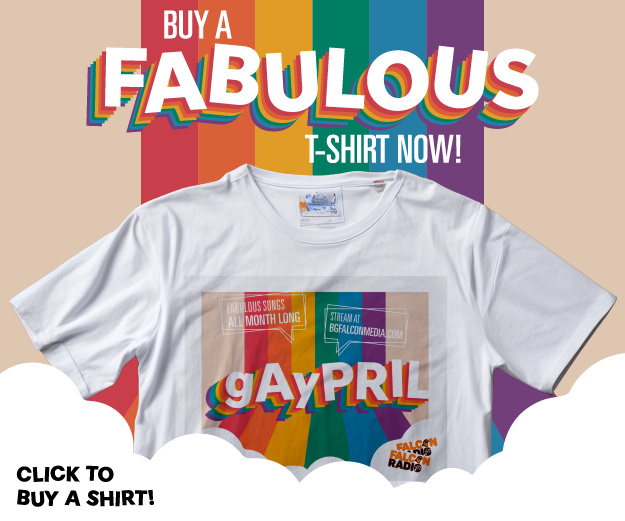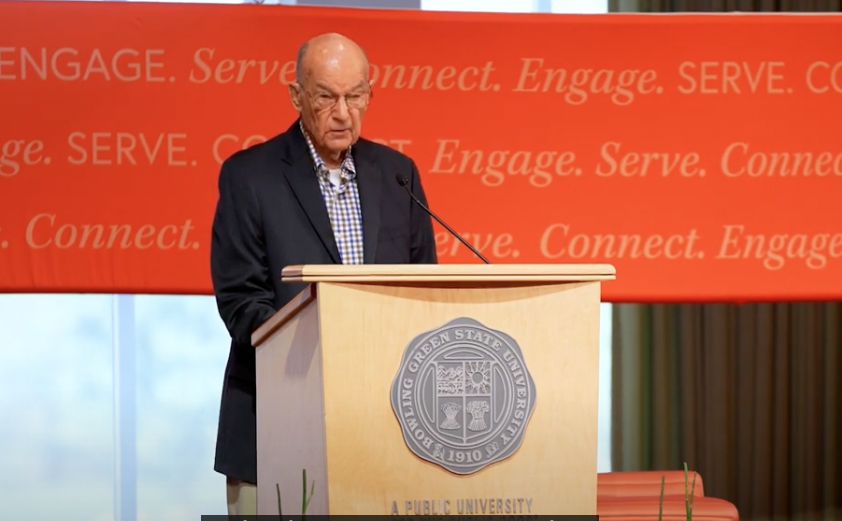It’s both sad and funny how the blues, a form of expression begun by some railroad track in the Mississippi delta, would resonate so much today yet remain so underappreciated by our generation.
The blues is an art form created by people of simple means, no education and ill-regarded by most of society. Despite these odds, the first bluesmen invented one of the simplest structurally, yet complex emotionally, forms of artistic expression of the 20th century. This form of expression would become the bedrock of almost every major genre of modern popular music.
The blues is a music form of both African and European origin with no African or European antecedents. It’s a purely black creation, born of slave field hollers which evolved into spirituals that echoed the despair of life of black people at the time and cultivated in the Mississippi delta. The music was never recorded or written down and until the early 20th century when W.C. Handy’s instrumental “Memphis Blues” came out. The earliest recorded blues vocal was that of Mamie Smith, a song called “Crazy Blues” in 1920.
Southern prisons, where work songs and songs of the harsh realities of hard labor often echoed in the music of bluesmen and women, were also an early source of the music. The blues also dealt with issues like the frailties of humanity, and the internal conflict caused by man’s search for salvation.
The blues also gave birth to jazz, and many early jazz musicians played blues songs. In the 30s and 40s the blues became electrified in major industrial cities like Detroit and Chicago. It was in these northern cities names like Howling Wolf, John Lee Hooker and Muddy Waters became famous.
Late musicologist Robert Palmer described the blues as “the story of a small and deprived group of people who created against tremendous odds, something that has enriched us all.” The lack of respect for social convention and the unapologetic freedom of expression inherent in the blues are evident in the music of today.
This same rebellious spirit informed and inspired the black arts movement of the 60s and 70s. It also inspired the freewheeling experimental dalliances of musicians of the jazz age and groundbreaking artists like Jimi Hendrix. The blues established a precedent that inspired many groundbreaking and adventurous black artists and musicians mid-century to defy social convention.
The blues can be heard in the moans and groans of artists like Marvin Gaye, James Brown and Curtis Mayfield. These musicians sported eye-catching clothes and jewelry. They were the type of men girls’ mothers warned them about, the type other men hated and little boys adored. They were stars in their own right. This rebellious attitude is still evident in modern hip hoppers’ obsessions with flashy attire and jewelry.
Always in defiance of convention, the very essence of the blues threw every Western rule about how music functions out the window. Blues artists defied rules by abandoning tempered pitch and instead employing the use of bent pitches and emotionally-inflected vocals. These bent pitches are what musicologists and noted folklorists like Palmer called the “blues notes.”
André Breton wrote of the blues that it “represents a fusion of music and poetry accomplished at a very high emotional temperature.” Blues revealed an emotional complexity that served as inspiration for many great singer-songwriters of the mid-century, from Bob Dylan to Nina Simone.”
The blues lyric also became a major fixture in popular music and popular art. The blues lyric was always penetrating, unpretentious and raw. It reveals subtleties and complexities of the human experience that hadn’t been explored by the written word prior to the blues. They dealt with pain, betrayal, forbidden love and desertion, and were covered in often sexual double entendres. The blues formed the bedrock for the lyrical stylings of many musicians and writers.
The blues came out of the northern Mississippi delta and, as Robert Palmer noted in his book “Deep Blues,” “Most of the men and women who sang and played it could neither read nor write. They owned almost nothing and lived in virtual serfdom.”
Yet even with these realities as a backdrop, these men and women were able to create a form of expression that would become an integral part of American history.
Respond to Hama at [email protected]

















